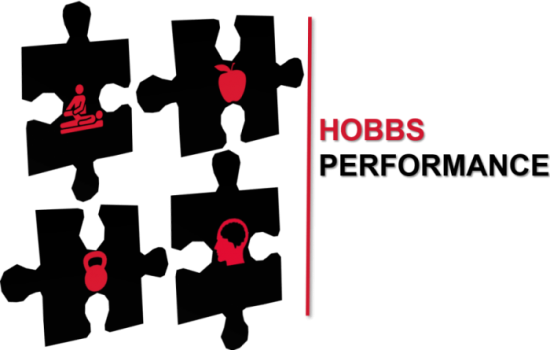In competitive sports and physical activity, the risk of injury is an ever-present concern. As a part of a comprehensive athletic development program, robust injury management systems and effective return to play strategies are crucial for athletes of all ages and skill levels. Return to play (RTP) can be defined as the criteria-based progression to medical clearance from injury, with continued criteria-based decisions to ensure availability for competition and performance, while simultaneously mitigating the risk of re-injury. This article outlines the journey towards complete recovery, highlighting the key aspects of injury management and how a smooth reintegration into competitive play can be facilitated.
Category Archives: Strength and Conditioning
Giving Feedback on Skill Performance
This post is intended to give an overview of several aspects of coaching science, in particular surrounding provision of feedback to athletes, something which numerous coaches (both strength and technical/sport coaches) often don’t do effectively. There are two main types of feedback – intrinsic and extrinsic. Intrinsic feedback can be viewed as ‘self’ feedback andContinue reading “Giving Feedback on Skill Performance”
Why R.A.M.P?
In 2007 Ian Jeffreys released an article titled ‘Warm up revisited–the ‘ramp’ method of optimizing performance preparation’. His intention of writing this article was to provide coaches with a framework of how to write and conduct a warm up relevant to certain sports, and to clarify the rationale as to why we do warm upsContinue reading “Why R.A.M.P?”
Stepping Backwards to Run Faster
Whilst observing and working with numerous coaches conducting speed/agility/change of direction workouts I’ve noticed that a good amount of coaches do not allow the players to perform a false step (also known as a plyo step/rhythm step/backward step) before accelerating. I’ve had debates with several coaches in the past about this at various universities andContinue reading “Stepping Backwards to Run Faster”
Youth Strength Training FAQ
Youth Strength Training FAQ In the past 30 years’ childhood obesity in the US has more than doubled. The percentage of obese children (aged 6–11 years) in the United States is now 18% (as of 2012). Children are more inactive than ever, preferring to spend their free time playing video games instead of being outside, socializing, or exercising. In addition,Continue reading “Youth Strength Training FAQ”
Why does my shoulder hurt?
Why does my shoulder hurt? (and what can I do about it?) Shoulder pain is a common complaint for numerous athletes, ‘weekend warriors’, and gym users, and it’s often left either poorly treated (rest, painkillers, and/or cortisone shots) or only partially treated through incorrect exercises or an inadequate variety of exercises. If you’re currently experiencingContinue reading “Why does my shoulder hurt?”
Movement Screening
Movement Screening Introduction Understanding the physiological and biomechanical demands of a sport and the current ability of an athlete to meet these demands is of paramount importance when both preparing for competition and providing late stage rehabilitation following injury.1 In order to evaluate these demands a needs analysis of the sport and athlete is undertaken,Continue reading “Movement Screening”
Optimal Methods for Gaining Muscle
Muscle hypertrophy – increasing muscle size/promoting muscle growth. Probably the most popular reason for most people joining gyms and/or beginning lifting (alongside fat loss). Gaining lean muscle mass makes you look better and feel better, it’ll also help with fat loss (muscle tissue is highly metabolic/’energy hungry’) and can lead to improvements in strength and power –Continue reading “Optimal Methods for Gaining Muscle”
The Role of Aquatic Plyometrics in Athletic Performance
The word ‘plyometrics’ was first coined by US track and field coach Fred Wilt in the 1970’s, ‘plio’ meaning more, and ‘metric’ meaning measure signifies that the idea of plyometric training is to get greater effects from the exercises performed (Verkhoshansky, 2006). The origins of plyometric training come from the Russians ‘shock training’ (Verkhoshansky, 2006),Continue reading “The Role of Aquatic Plyometrics in Athletic Performance”
The physiological and biomechanical limitations imposed on athletes with achondroplasia.
The Little People of America organisation defines dwarfism as a condition that, when a person is fully grown, usually results in a height of no more than 1.2 metres; however a range between 0.8 and 1.4 metres has been recorded (Guse & Harvey, 2010). Dwarfism itself is a blanket term that refers to a personContinue reading “The physiological and biomechanical limitations imposed on athletes with achondroplasia.”

You must be logged in to post a comment.